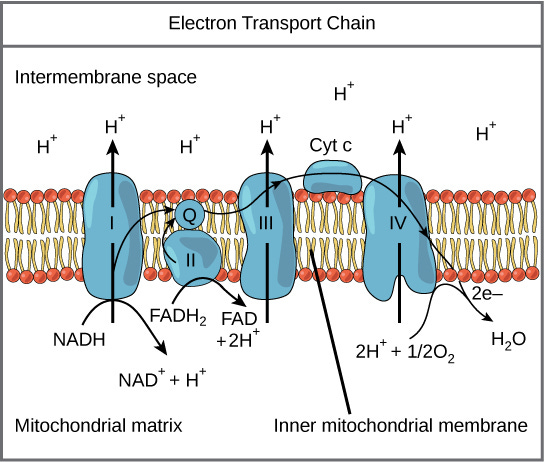Deep Dive on Mitochondrial Repair
Tools & frameworks you can use to repair mitochondrial dysfunction #28
An engineer’s approach to restoring the powerhouses of life
Most protocols that claim to “boost mitochondria” fail for a simple reason: they’re not systematic. They throw random antioxidants or trendy supplements at the problem, but ignore how mitochondria are actual engines.
Engines run on feedback loops, signaling, and carefully balanced inputs and outputs. If you want to repair them not just paper over the cracks you need a framework that accounts for all the moving parts.
This is where my method differs: it takes an engineer’s perspective. Instead of scattershot hacks, we’ll map the mitochondria like a circuit, then repair it piece by piece
.
Step 0: A Quick Primer
Redox = electron flow.
Oxidation is loss of electrons, reduction is gain. Mitochondria are essentially electron refineries, pulling energy from fuel by moving electrons along the Electron Transport Chain (ETC).Damage happens at the membranes.
The inner mitochondrial membrane is where the ETC sits, and where free radical leakage occurs. Damage here → poor ATP yield, excess ROS, and eventual cell dysfunction.Why balance matters.
NAD⁺/NADH is the master electron currency. Too reduced (NADH heavy) and the system stalls. Too oxidized and the machinery loses power. Stability here means stable energy.
The Repair Framework
We’ll target mitochondria at three levels, systematically:
Restore redox balance (antioxidants & cofactors)
Optimize electron flow (ETC support & substrate delivery)
Protect & repair the membranes (structural stabilizers & dynamics)




